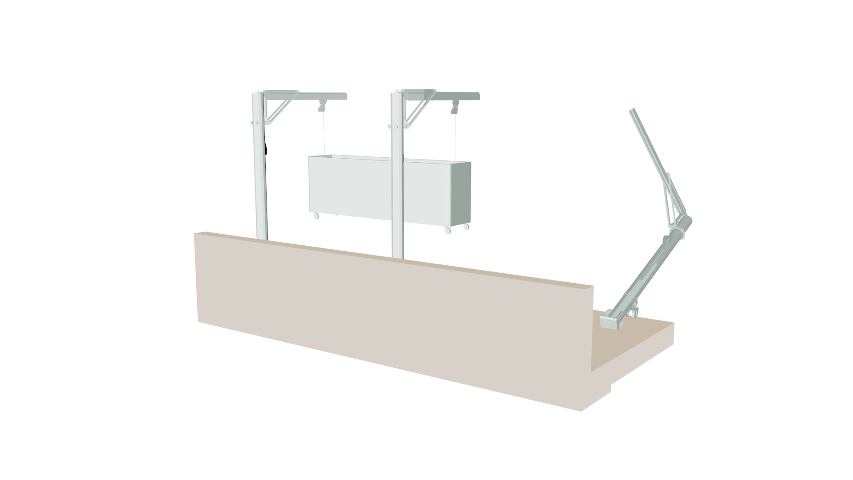In the realm of building maintenance and facade access, Davit Systems play a pivotal role, offering efficient solutions for accessing high-rise buildings’ exteriors. Understanding the regulations and standards governing Davit Systems is crucial for ensuring safety, compliance, and effective installation across various buildings in the Philippines.
What are Davit Systems?
Davit Systems are mechanical devices designed to provide both permanent and temporary access to building facades. They typically consist of an aluminum alloy mast and jib, with a rotating boom that allows a suspended platform, single-user cradle, or bosun’s chair to maneuver over the building’s parapet. These systems are essential for tasks such as window cleaning, maintenance, and inspection of high-rise structures.
Importance of Regulations and Standards:
Regulations and standards are fundamental to ensuring the safety and reliability of Davit Systems. They provide guidelines for design, installation, and operation, aiming to prevent accidents and ensure structural integrity. International standards such as European EN1808, Machine Directive 2006/42/CEE, and relevant North American standards set benchmarks for quality and safety that manufacturers and installers must adhere to.
Regulatory Framework in the Philippines:
In the Philippines, Davit Systems are governed by local building codes and safety standards. These regulations outline specific requirements for the installation and use of Davit Systems, aiming to protect workers and the public from potential hazards associated with facade access. Compliance with these regulations is mandatory and ensures that Davit Systems are installed correctly and maintained according to safety protocols.
Key Features of Davit Systems in the Philippines:
Davit Systems in the Philippines are designed to meet the unique challenges posed by high-rise buildings and limited rooftop space. They come in various types, including permanent installations for long-term use and temporary/portable systems that can be relocated as needed. Traversing Davit Systems are also available, offering a solution to the logistical challenge of moving portable Davits between different locations on a building’s facade.
Installation and Maintenance Guidelines:
Proper installation and regular maintenance are critical for the safe operation of Davit System. Installation should be carried out by certified professionals in accordance with manufacturer instructions and local regulations. Regular inspections and maintenance checks ensure that Davit Systems remain in optimal condition, minimizing risks associated with wear and tear over time.
Future Trends and Innovations:
As technology advances, Davit Systems continue to evolve with innovations such as enhanced automation and improved safety features. Future trends may include smart Davit Systems equipped with sensors for real-time monitoring and predictive maintenance. Changes in regulatory frameworks may also influence the adoption of new technologies to further enhance safety and efficiency in building maintenance practices.
Takeaway
Understanding the regulations and standards for Davit Systems is essential for ensuring the safety and compliance of facade access solutions in the Philippines. By adhering to local regulations, employing certified professionals for installation and maintenance, and staying informed about emerging technologies, building owners and managers can uphold high standards of safety while optimizing building maintenance operations.

